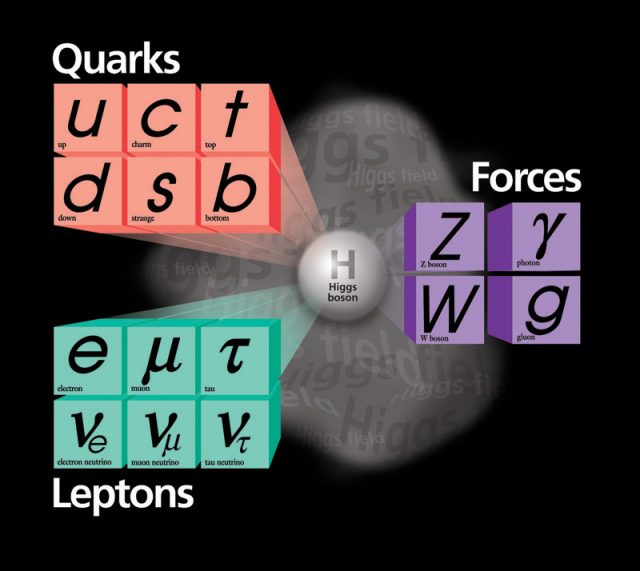LHC’s new particle looking ever more Higgs-like
Ars Technica » Scientific Method 2013-03-14

The teams behind the two general-purpose detectors of the Large Hadron Collider, ATLAS and CMS, tend to go through their results when facing a deadline, usually provided by one of the large physics conferences. Last week, the Moriond conference took place in Italy and, as expected, there were a number of updates on the Higgs based on the full data collected over the past year. So far, Peter Higgs and the others that first added the Higgs mechanism to physics' Standard Model are looking pretty good.
When the LHC teams announced that they'd found a new particle this summer, they were very careful to note a caveat. While it showed up at an energy where you might expect to see a Higgs (125GeV or so), they weren't certain it was a Higgs. With the additional data, the uncertainty is beginning to fall by the wayside. As a variety of releases (here's a couple of examples) this week have indicated, the Higgs particle was predicted to have a spin of 0 and be even parity. Further studies of the 125GeV particle produced in the LHC have indicated that it has both of these.
Meanwhile, the numbers of Higgs like particles detected by different decay pathways (two photons, four leptons, etc.) are all within the range of predictions. The ATLAS detector has posted a number of animations that show how the signal at 125GeV appeared in various decay channels as the data piled up, rising above the background of other Standard Model events. This one, which shows the Higgs-ZZ decay pathway, is especially clear. There were also some hints that the Higgs was decaying into two photons more often than expected, but physicist Matt Strassler notes the additional data has pretty much eliminated that prospect.
Read 1 remaining paragraphs | Comments